Arcellinida Kent 1880
Testate, inside an organic or mineral extracellular test of either self-secreted elements (calcareous, siliceous, or chitinoid) or recycled mineral or diatom particles bound together, with a single main opening.
Testate, inside an organic or mineral extracellular test of either self-secreted elements (calcareous, siliceous, or chitinoid) or recycled mineral or diatom particles bound together, with a single main opening.
1. Arcellina Haeckel 1894
Test rigid or more or less flexible, chitinoid or membranous, sometimes with attached debris; without scales or plates; pseudopodia digitate, finely granular.
1.1. Arcellidae Ehrenberg 1830, emend. Deflandre 1953
Test rigid, transparent, colourless, yellow or brownish, composed of organic building units, areolar, smooth; aperture round.
1.1.1. Arcella Ehrenberg 1832
Test more or less circular, aperture central, invaginated, in many species surrounded by a tube or a circle of pores.
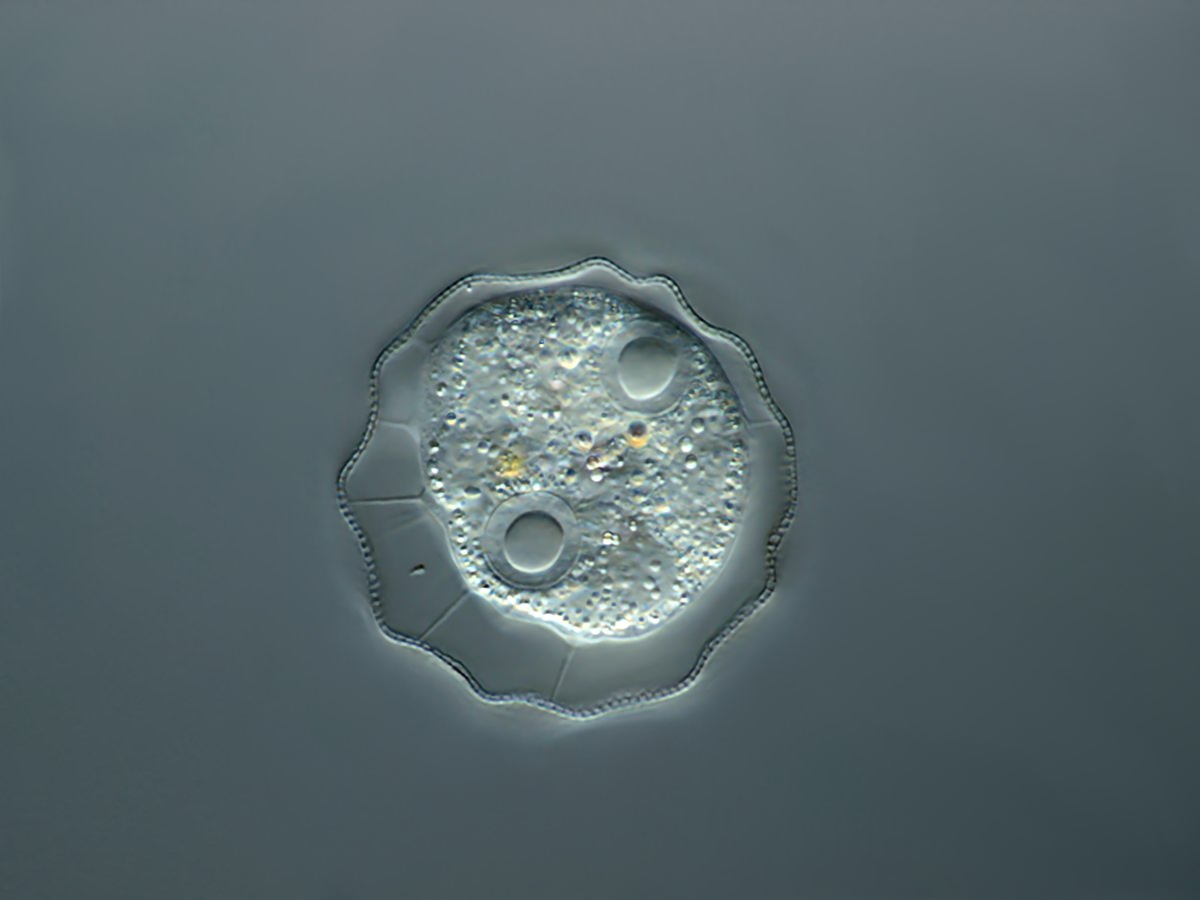
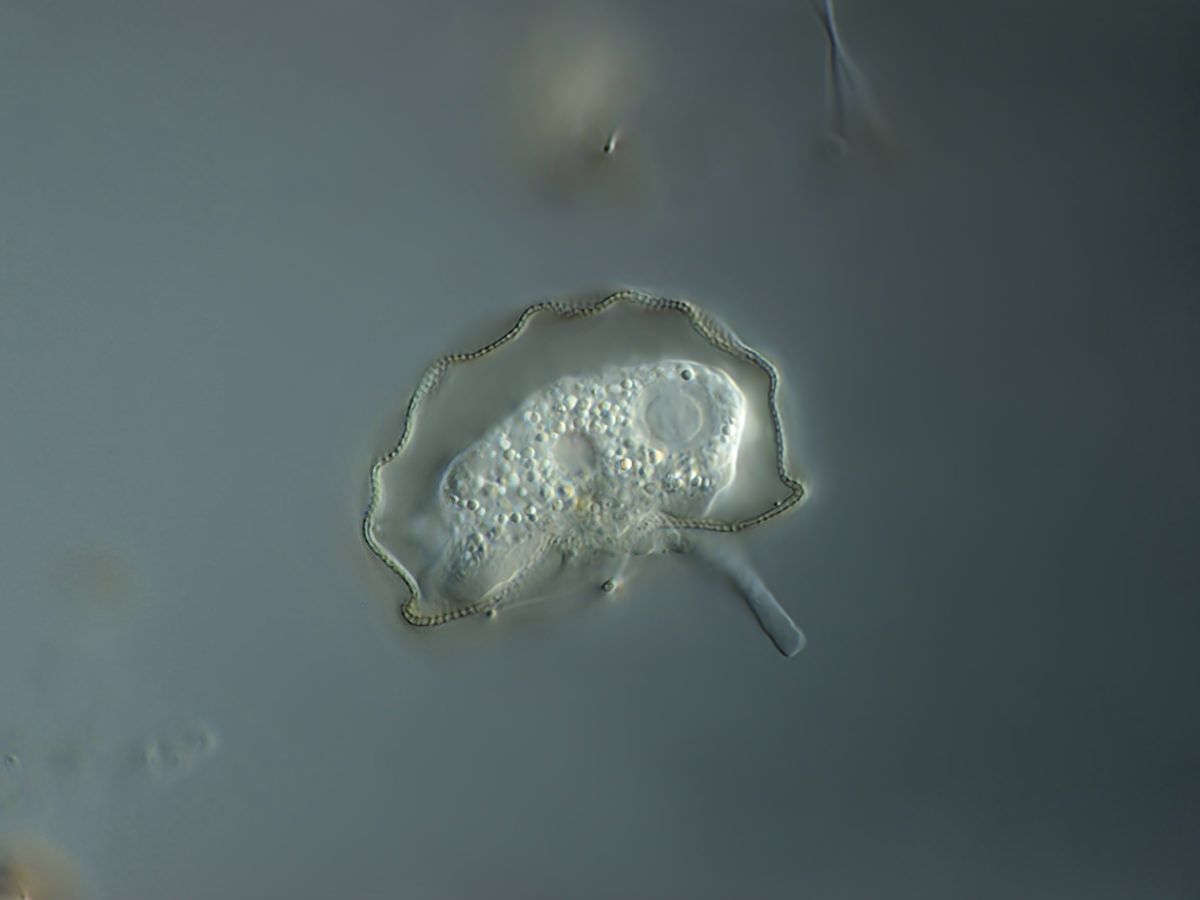
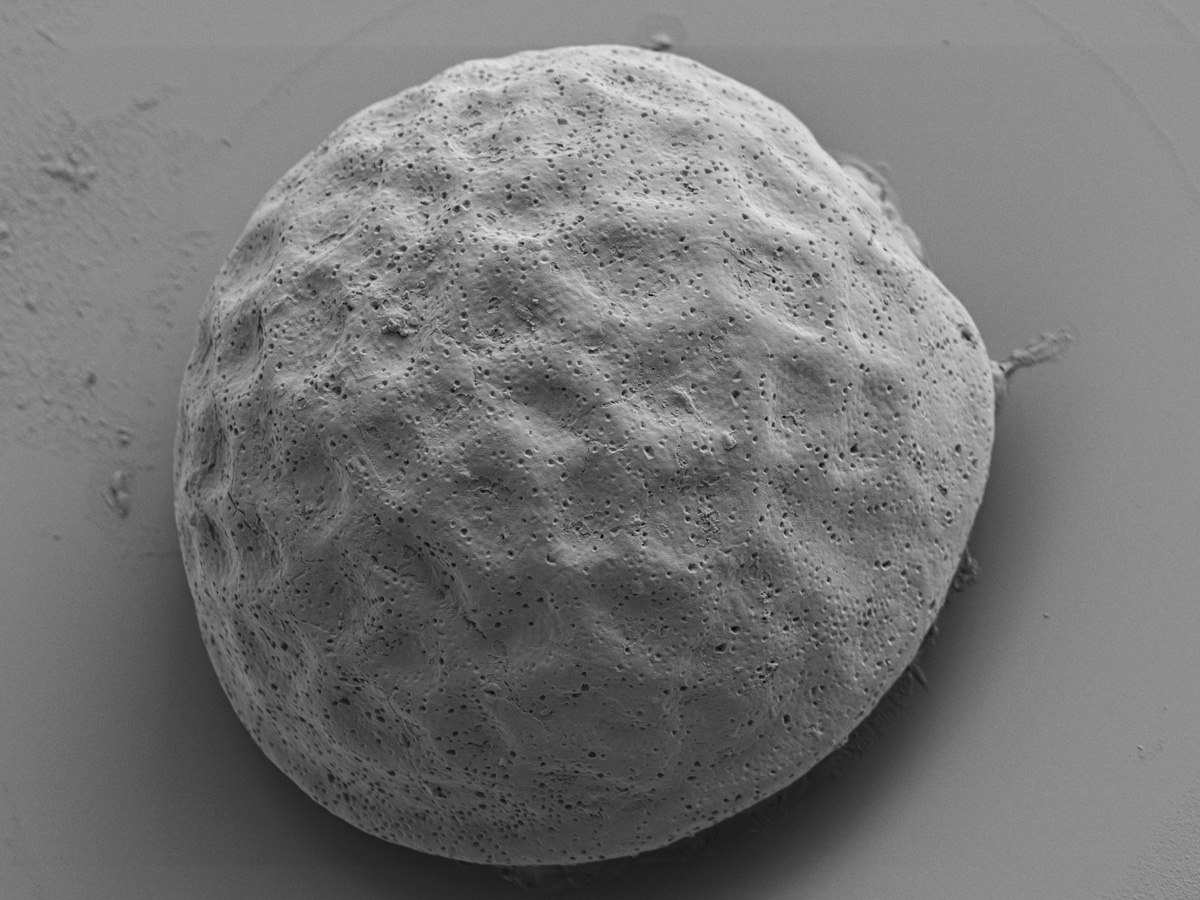
Arcella gibbosa Penard 1890
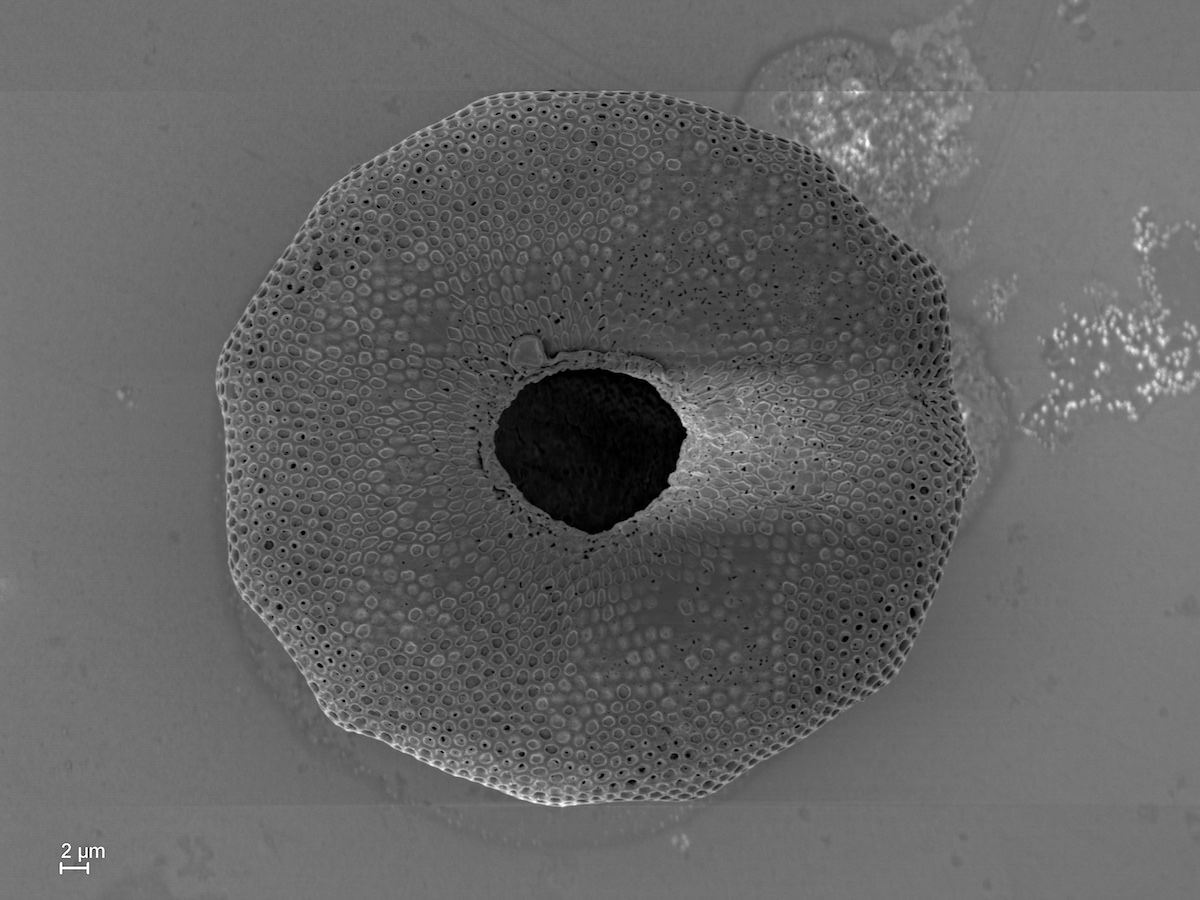
Arcella sp. aperture
1.1.2. Pyxidicula Ehrenberg 1838 (incertae sedis)
Shell bowl-shaped, rigid, areolate, organic. Aperture almost as wide as the cell.
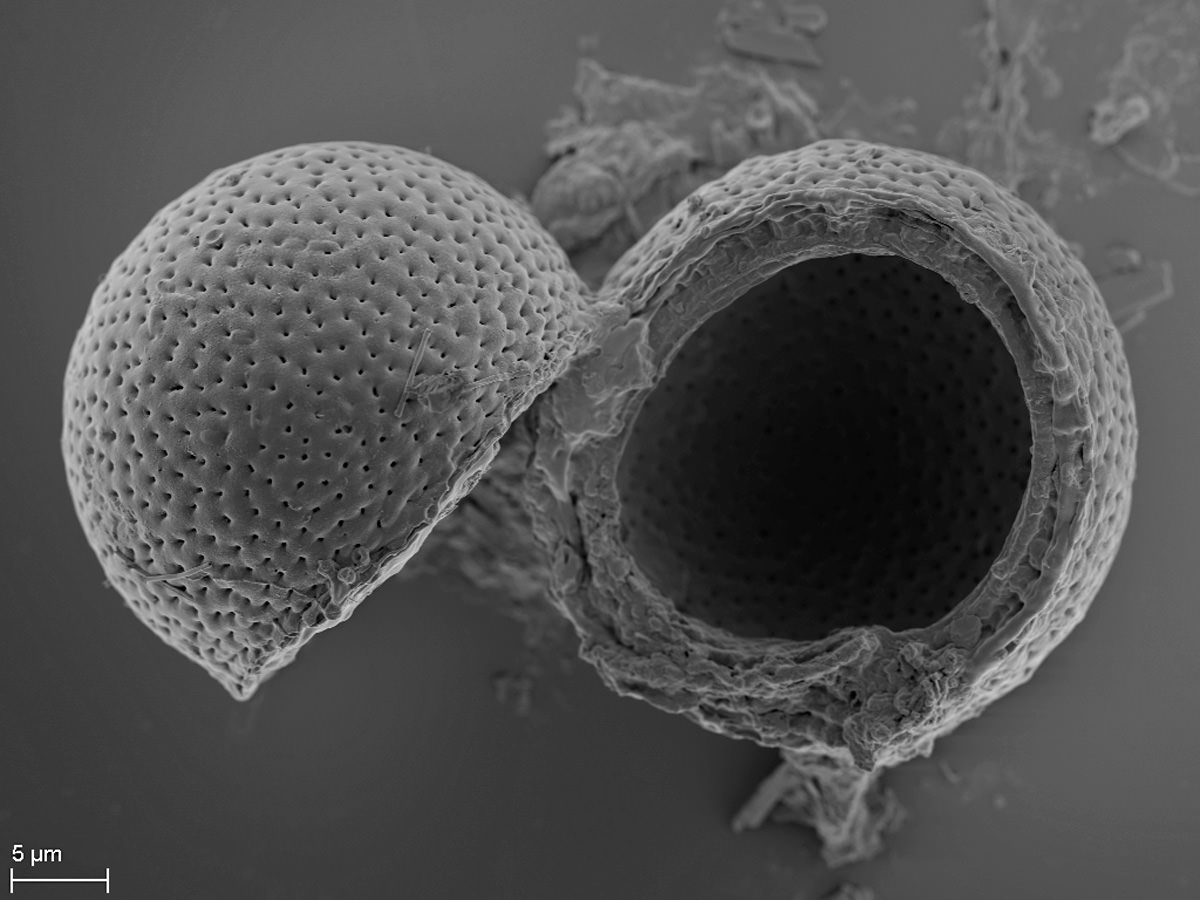
Pyxidicula patens Claparède and Lachman 1858
1.2. Microchlamyidae Ogden 1985, emend. Kudryavtsev and Hausmann 2007
Test proteinaceous, rigid, finely areolate. Cytoplasm either enclosed in a separate membrane sac with single aperture, attached to the main test, (Microchlamys) or the peripheral part of the test membranous with a single aperture, in which case there is no separate membrane sac between the cell body and test (Spumochlamys). Nucleus central. Sometimes with cysts.
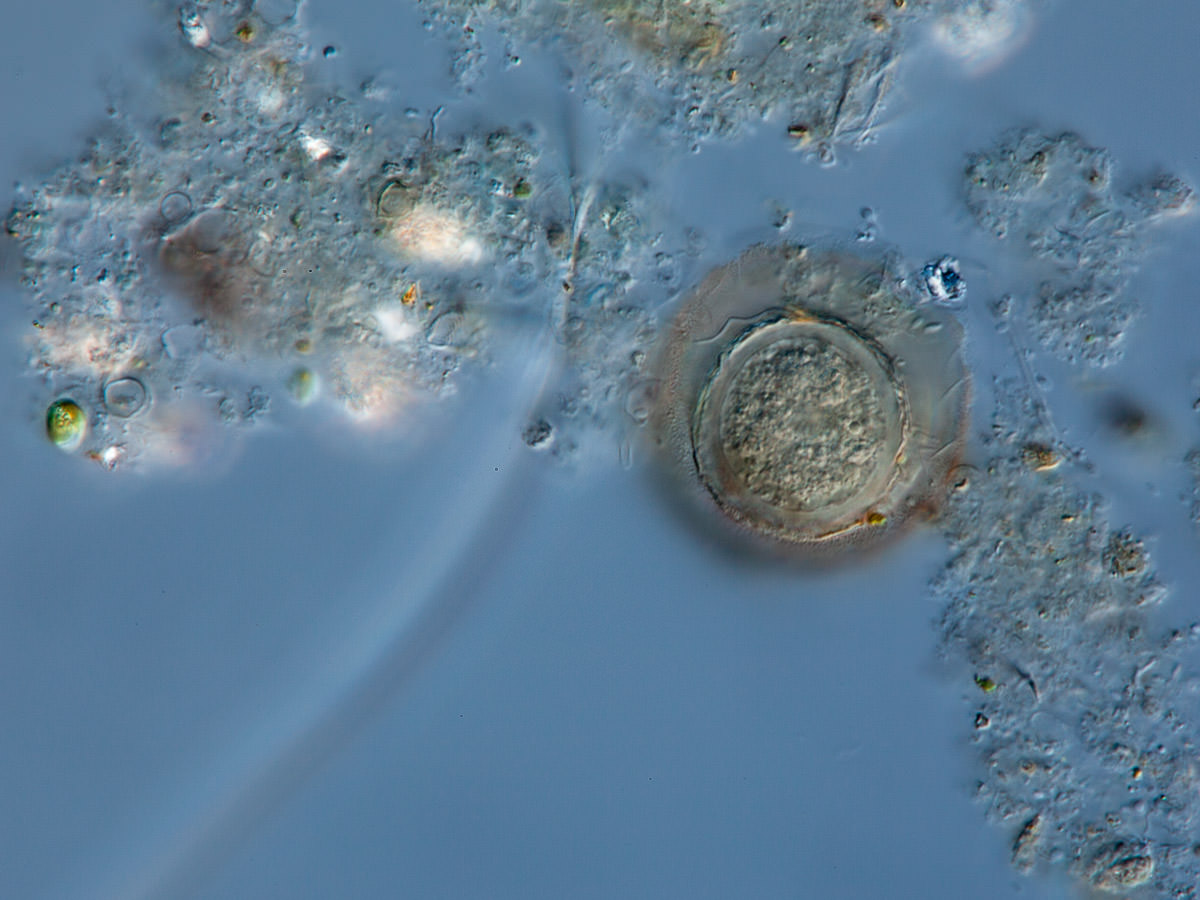
Microchlamyidae sp.

Microchlamyidae sp. cyst
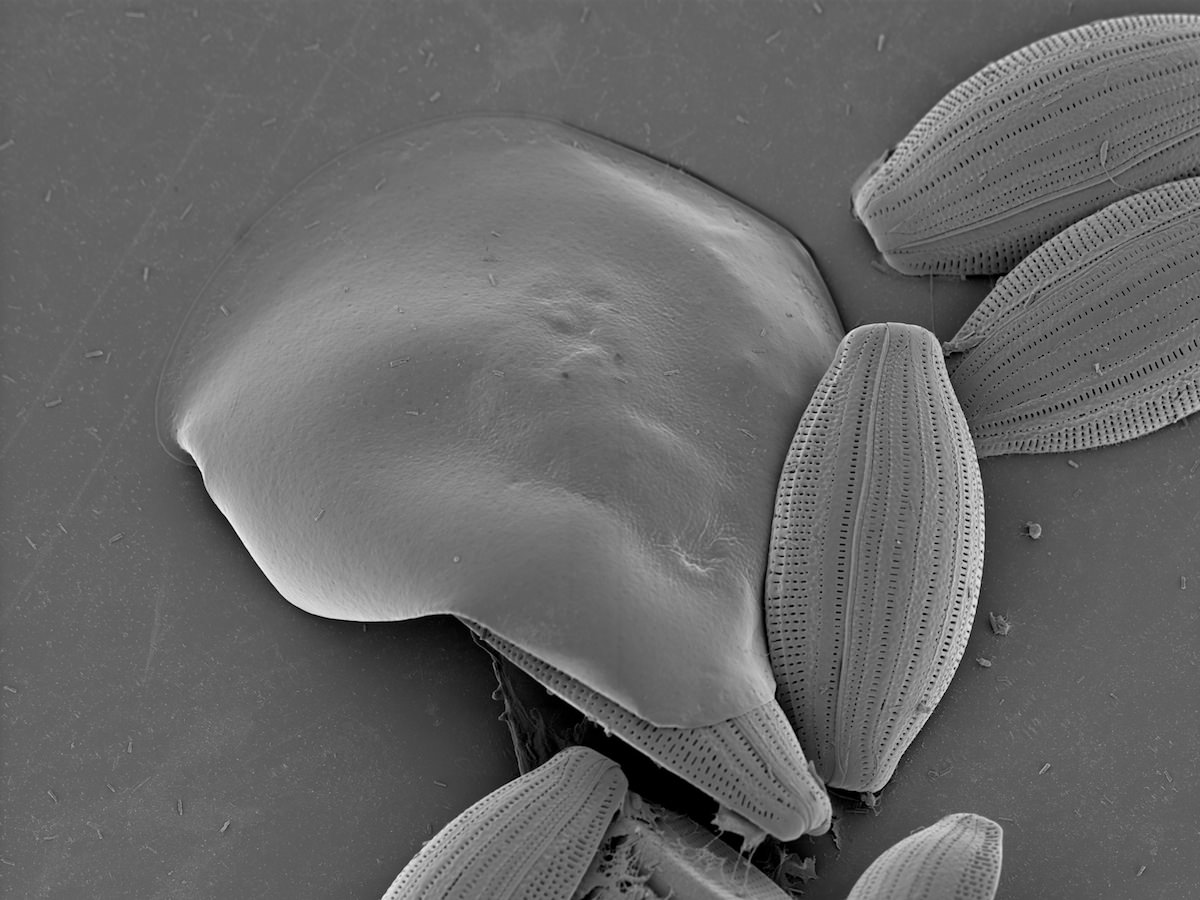
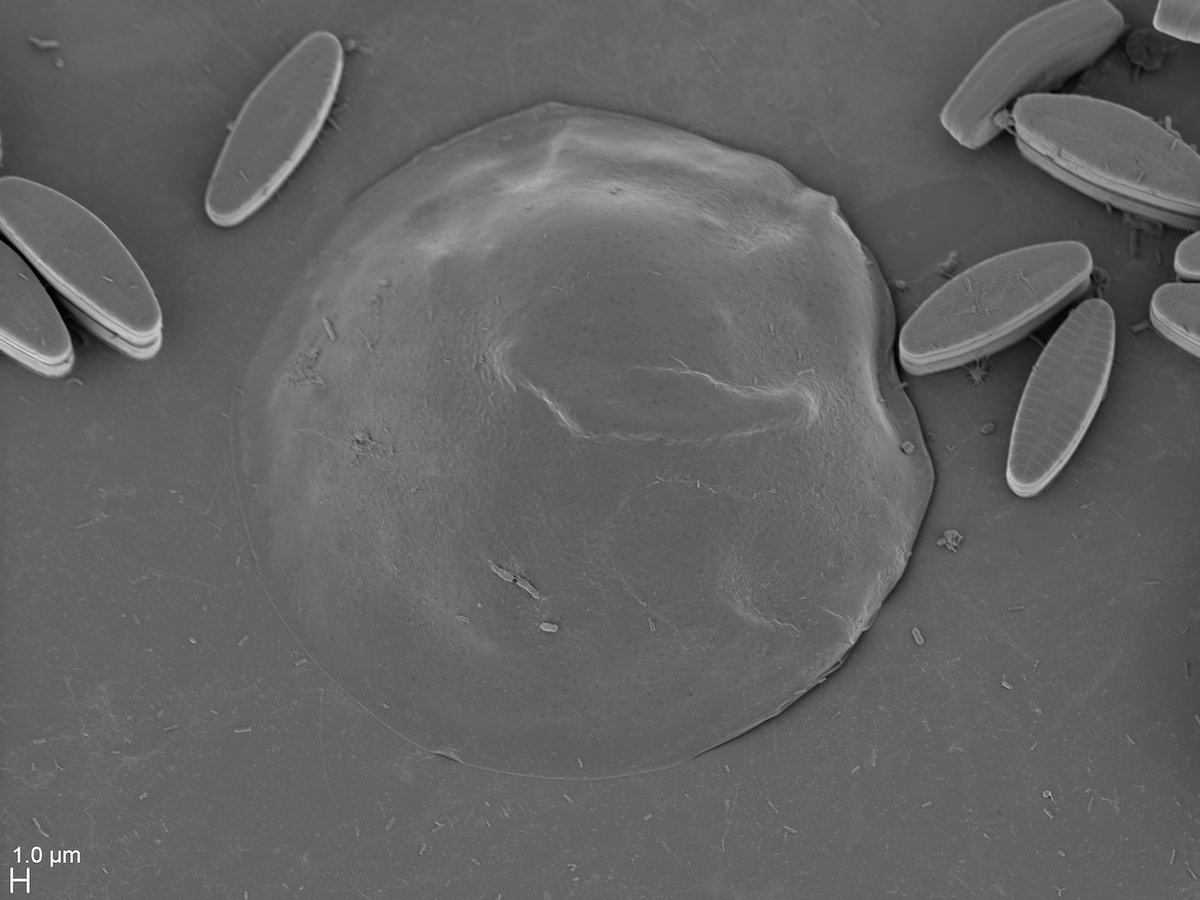
Microchlamyidae sp.